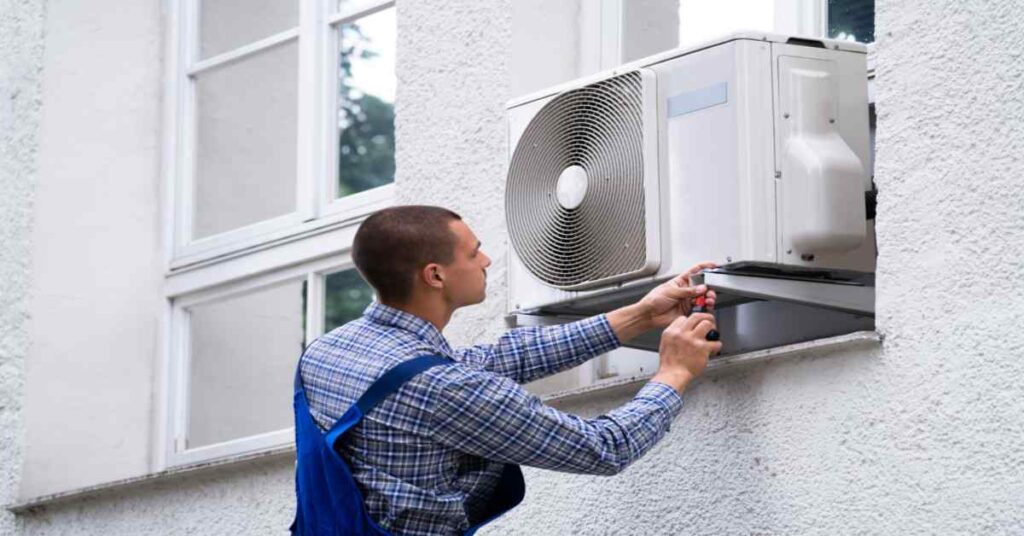When it comes to do-it-yourself DIY air conditioning repair, there are several common mistakes that individuals often make, unknowingly putting their comfort and safety at risk? One prevalent error is neglecting proper safety precautions. Handling refrigerants without the necessary protective gear can lead to serious health issues, including skin and eye irritation. It is imperative to wear gloves and safety goggles when dealing with refrigerants to minimize the risk of chemical exposure. Another mistake DIY enthusiasts frequently make is attempting to recharge the refrigerant without identifying and fixing the root cause of the leakage. Simply adding more refrigerant might provide temporary relief, but it is crucial to locate and address the source of the leak to prevent future issues. Detecting and repairing leaks requires a systematic approach, involving tools like UV dye and a leak detector. Skipping this step may result in wasted time and money, and potential damage to the environment.
Improperly diagnosing the problem is a common pitfall in DIY AC repair. Misidentifying the issue may lead to unnecessary repairs or replacements, costing more in the long run. It is essential to thoroughly assess the system, considering factors like unusual noises, inadequate cooling, or poor airflow. Utilizing online resources and guides can help in understanding common AC problems, but misinterpreting symptoms may exacerbate the situation. Attempting complex electrical repairs without the necessary knowledge is another perilous mistake. Air conditioning systems involve intricate electrical components that demand expertise. DIY enthusiasts may risk electrical shock, damage to the system, or even a fire hazard by meddling with wiring without proper understanding. It is advisable to consult a professional or, at the very least, acquire a deep understanding of the electrical components and safety measures before attempting any repairs.

Neglecting routine maintenance is a mistake that can lead to larger issues down the road. Regularly cleaning or replacing air filters, checking for debris around the condenser unit, and ensuring proper airflow are crucial tasks that contribute to the longevity and efficiency of the AC system. Skipping these simple maintenance steps may result in reduced performance and higher energy bills. Lastly, rushing the repair process is a mistake that can compromise the quality of the work.
AC systems require careful attention and a systematic approach. Hasty repairs may lead to overlooked issues or improperly fixed components and Contact Us. Taking the time to thoroughly inspect, diagnose, and address the problem ensures a more effective and lasting repair. In conclusion, DIY air conditioning repair can be a cost-effective solution, but it comes with potential pitfalls. Avoiding these common mistakes, such as neglecting safety precautions, misdiagnosing problems, attempting complex electrical repairs without proper knowledge, and rushing the repair process, can contribute to a successful and efficient DIY AC repair experience. It is essential to prioritize safety, accuracy, and patience to ensure the longevity and optimal performance of the air conditioning system.